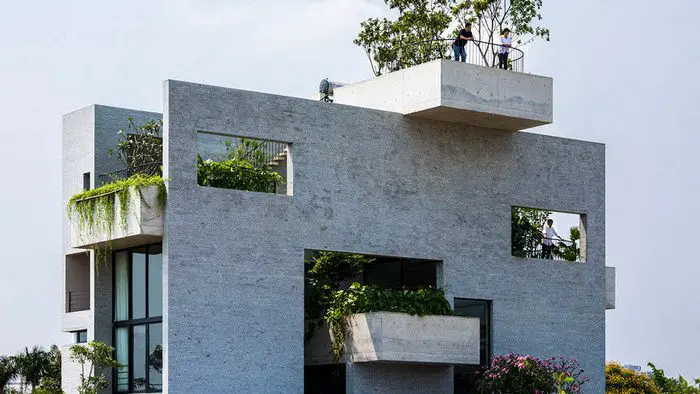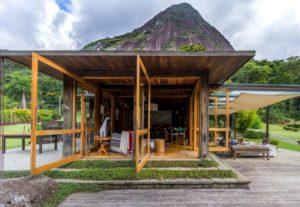Post Contents
Ho Chi Minh City, Vietnam – VTN Architects
Project Year : 2016
Developed Area : 233.0 m2
Photographs : Hiroyuki Oki, Quang Dam
With rapid urbanization in the key cities of Vietnam, Binh House provides green space where it’s needed most. Several parts of the house were specifically designed to grow plants and trees.
This unassuming residence could have been just another structure. But jutting here and there are shrubs, flowering plants, and small trees. This deliberate integration of nature to architecture is what makes this house unique.

The living spaces are alternately stacked in a vertical manner, allowing natural light to illuminate the house. This is also an innovative way of improving ventilation. Not only does this greatly improve the home’s microclimate, it also significantly reduces power consumption.
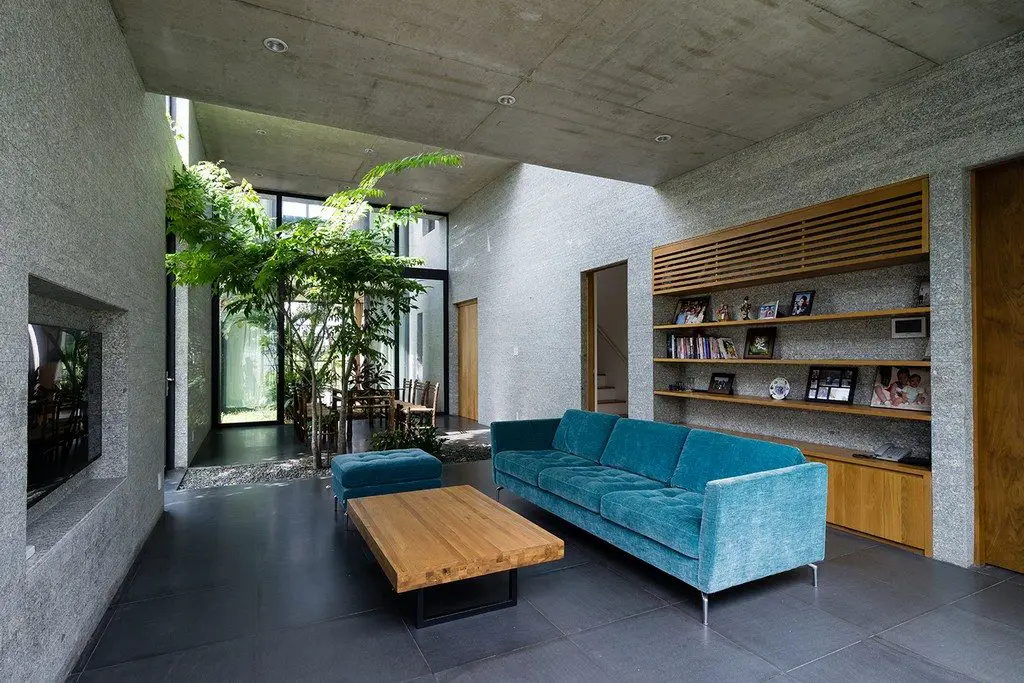
The house is basically an open space where family members can see each other from one room to the next. This is in consonance with the brief that the design should enable maximum interaction among its residents.
Binh House exemplifies the successful integration of greenery to residential structures, just the way the architects designed it to be.
Notes from the Architect:
Under the rapid urbanization, cities in Vietnam have diverged far from their origins as low density tropical green space. Newly developed urban areas are losing their connection with nature. Binh house by Vo Trong Nghia Architects (VTN Architects) is one project in the “House for Trees” series, a prototypical housing design, providing green space within high density neighbourhood.
The Inhabitants is a family of three generations. Therefore, the challenge is to create spaces which allow its residents interact and communicate despite their differences.
Gardens located on top of the vertically stacking spaces; bounded by sliding glass doors. This strategy not only improves the microclimate by using natural ventilation and daylight in every room, but the alternately stacking openings also increase visibility and interaction between the family members.
Living, dining, bedrooms, study room are continuously opened. From one room, people’s sightlines can reach beyond to the other rooms via the gardens.
Service areas such as the kitchen, bathrooms, stairs and corridors are located in the west to limit heat radiation exposure towards frequently occupied areas. The vertical variation of spaces creates a lopsided pressure difference. Thus, when the surrounding houses are built, natural ventilation is maintained. Thanks to these passive strategies, the house always stays cool in the tropical climate. Air conditioning system is rarely used.
The roof gardens host large trees for shading, therefore reducing indoor temperature. Vegetables can also be planted to serve its resident’s daily needs. This vertical farming solution is suitable for high-density housing whilst also contributing to Vietnamese way of life.
Using sustainable materials such as natural stone, wood, exposed concrete combined with the microclimate, this house reduces greatly operational and maintenance cost. Up to date, residents have never used furnished AC. The architecture is not only to meet the functional and aesthetic concerns, but also as a means to connect people to people and people to nature.
Click on any image to start lightbox display. Use your Esc key to close the lightbox. You can also view the images as a slideshow if you prefer. 😎
Exterior Views :
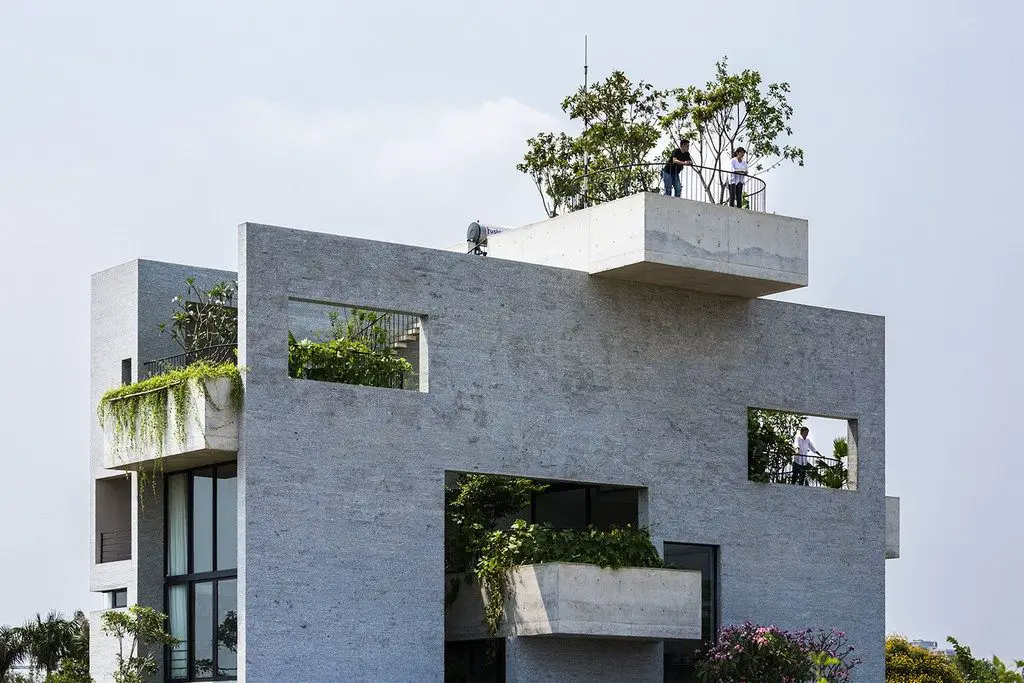

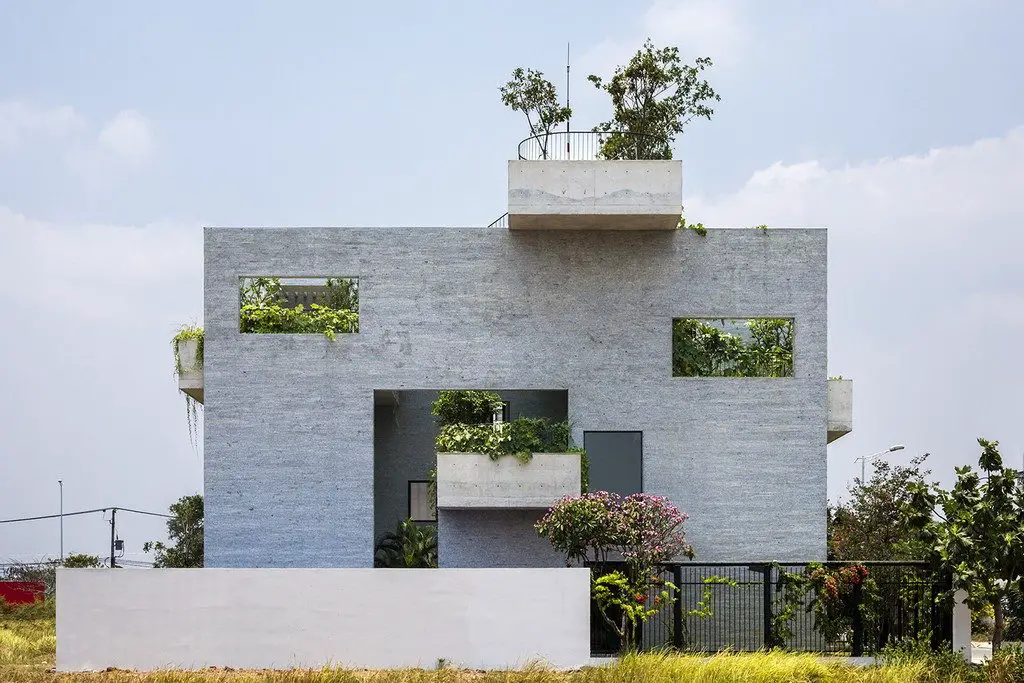
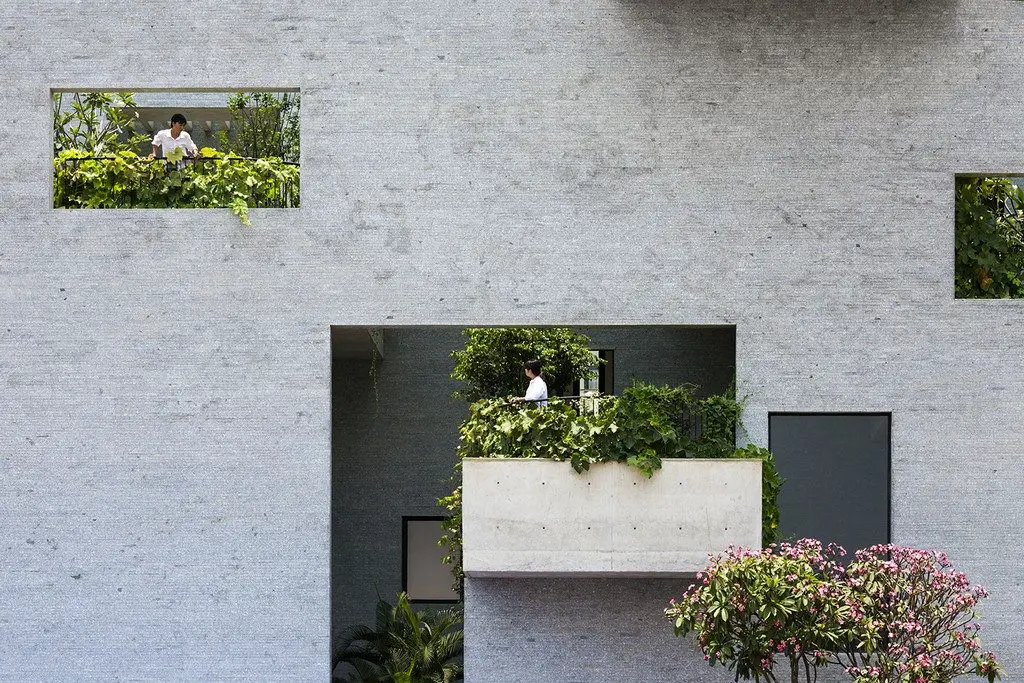
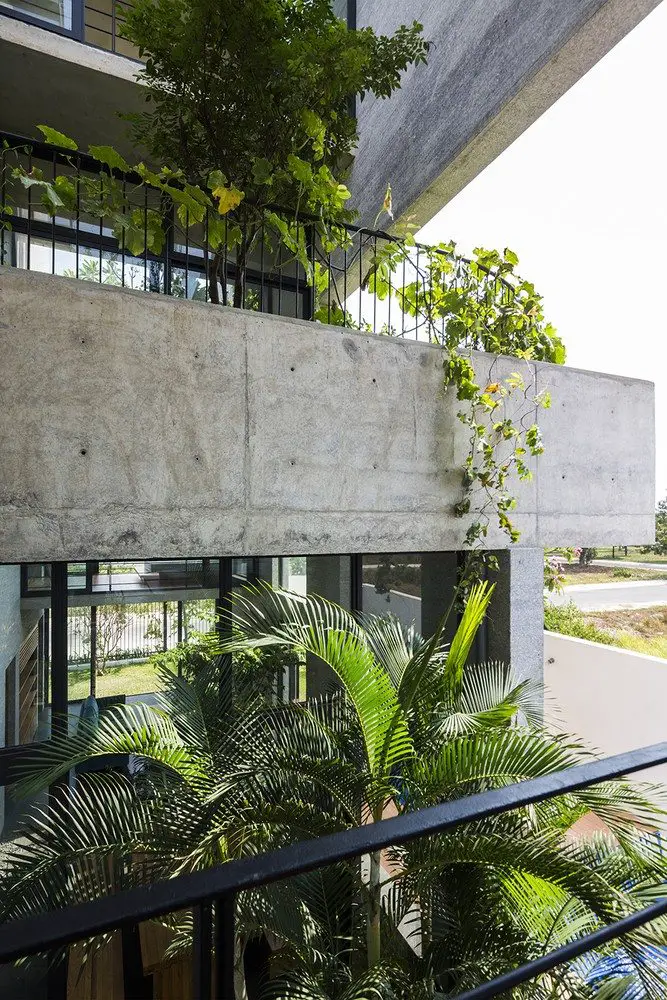
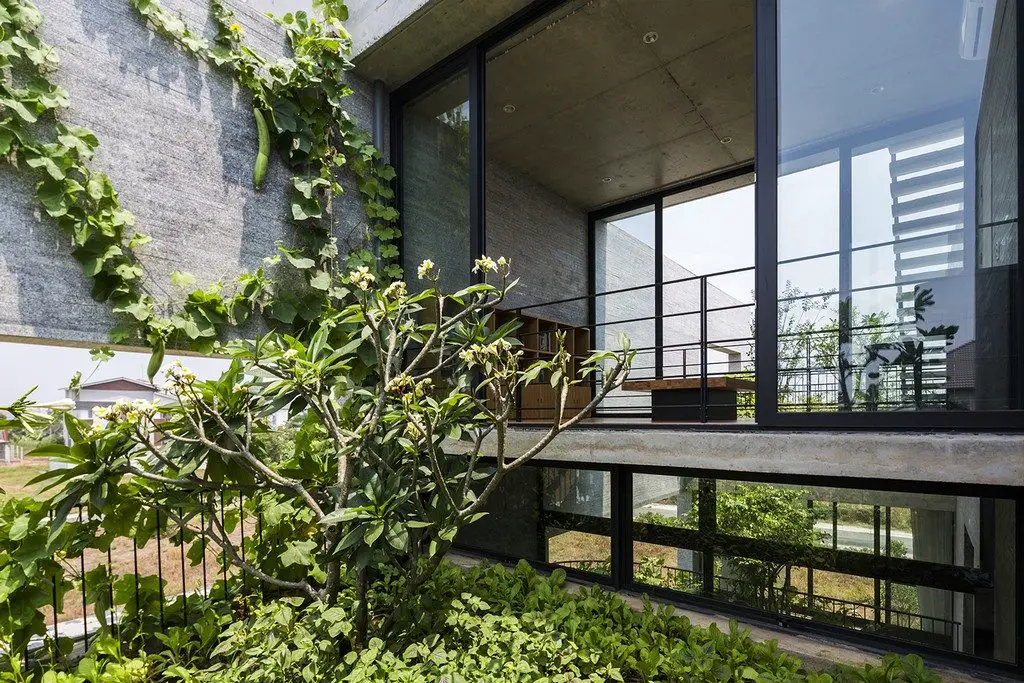

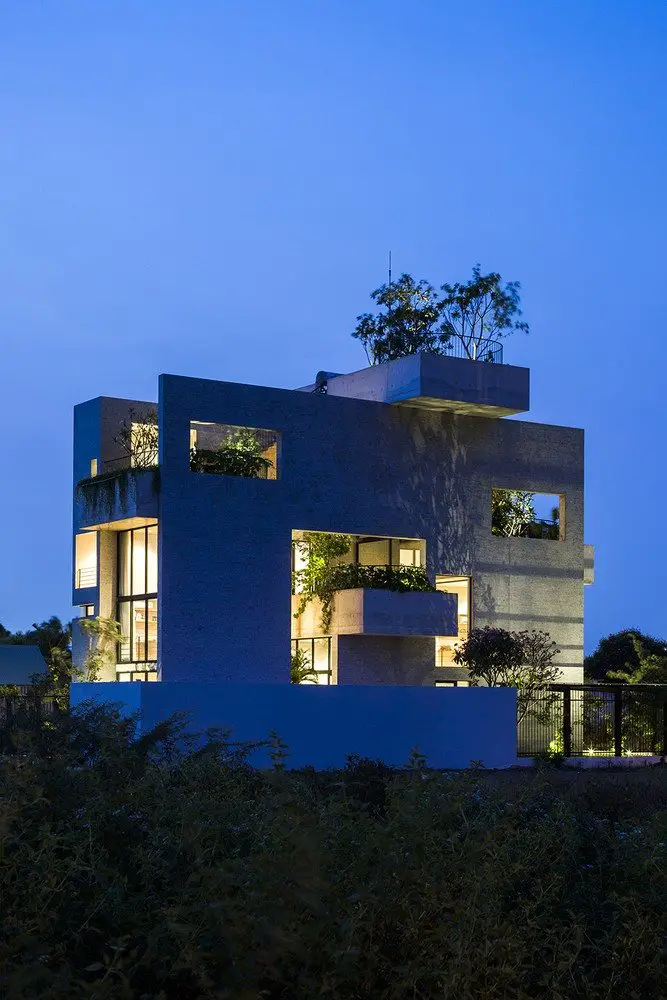
Interior Views :
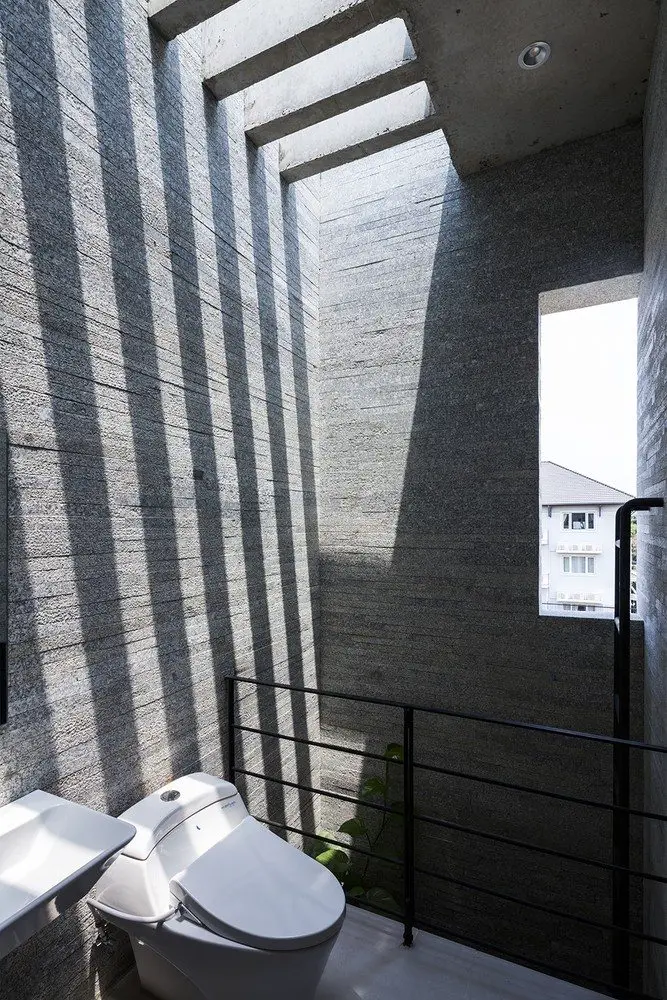


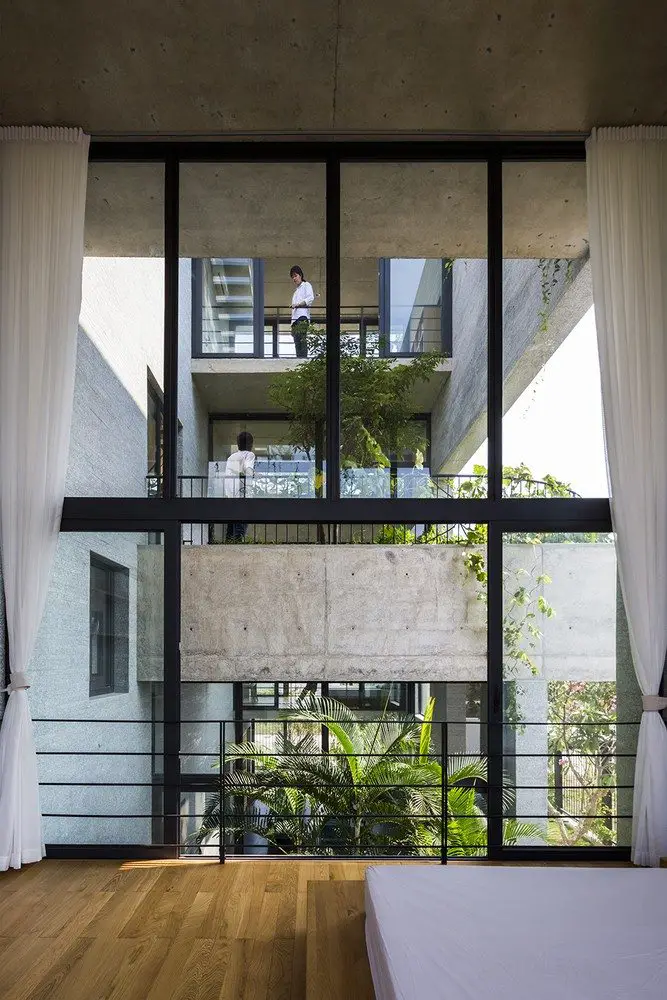

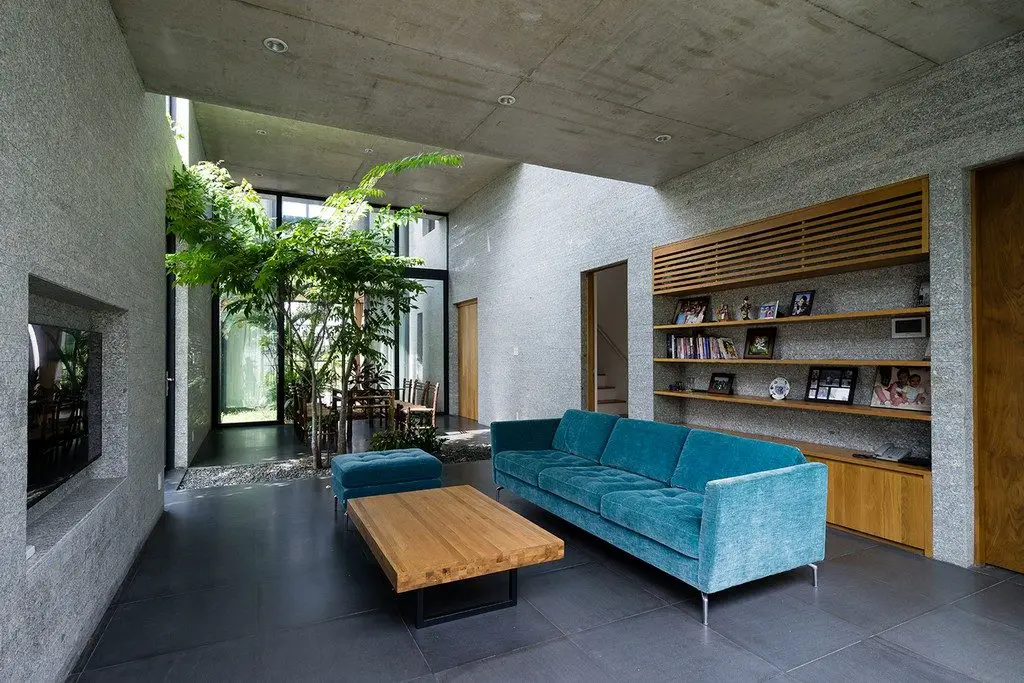
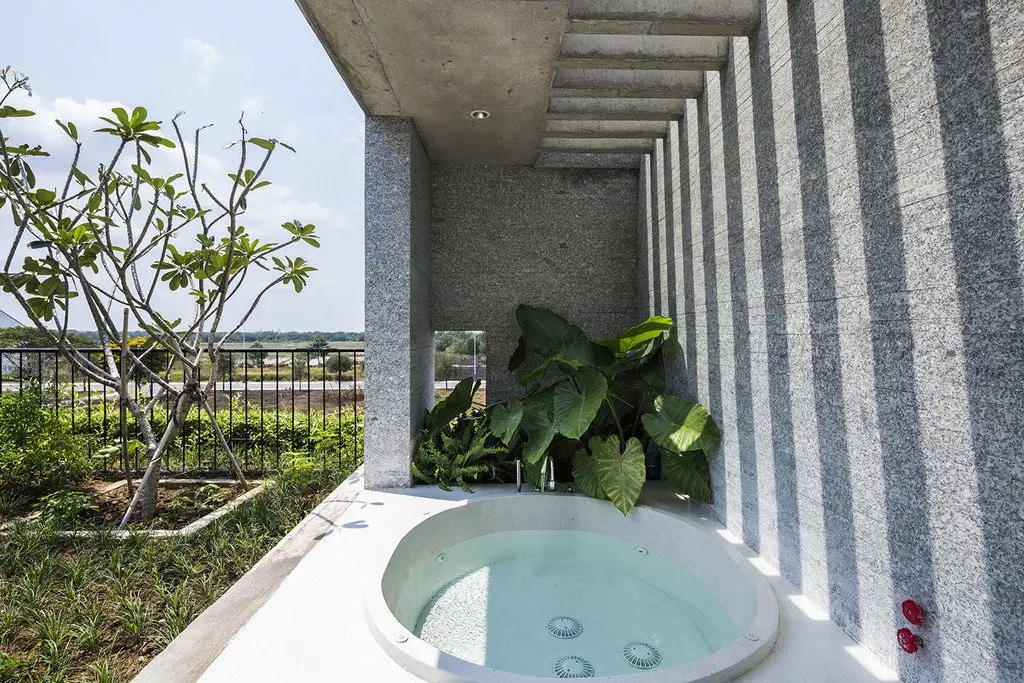
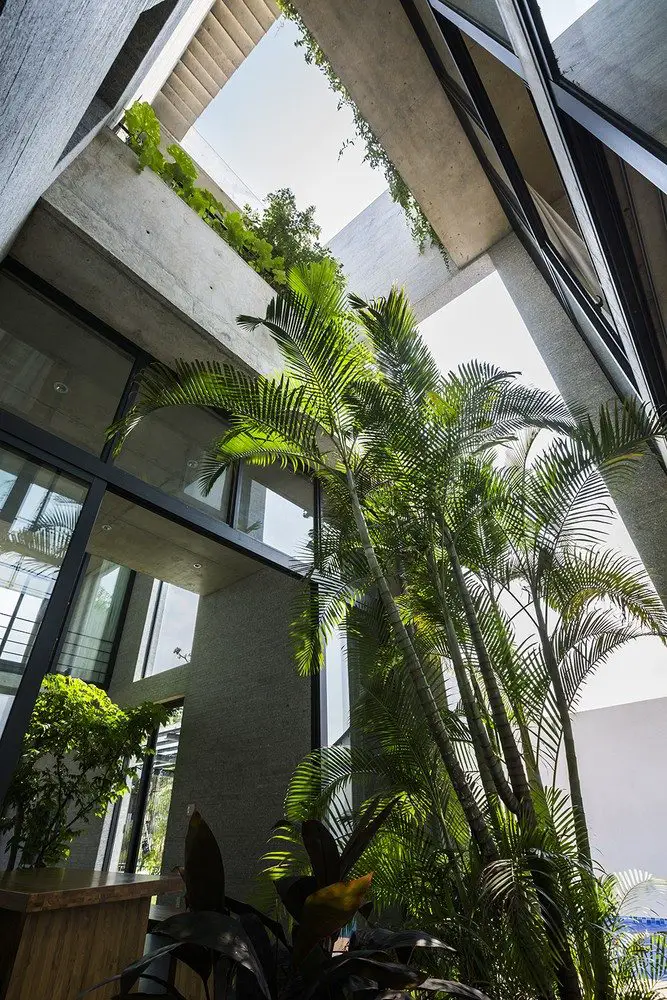
Drawing Views :
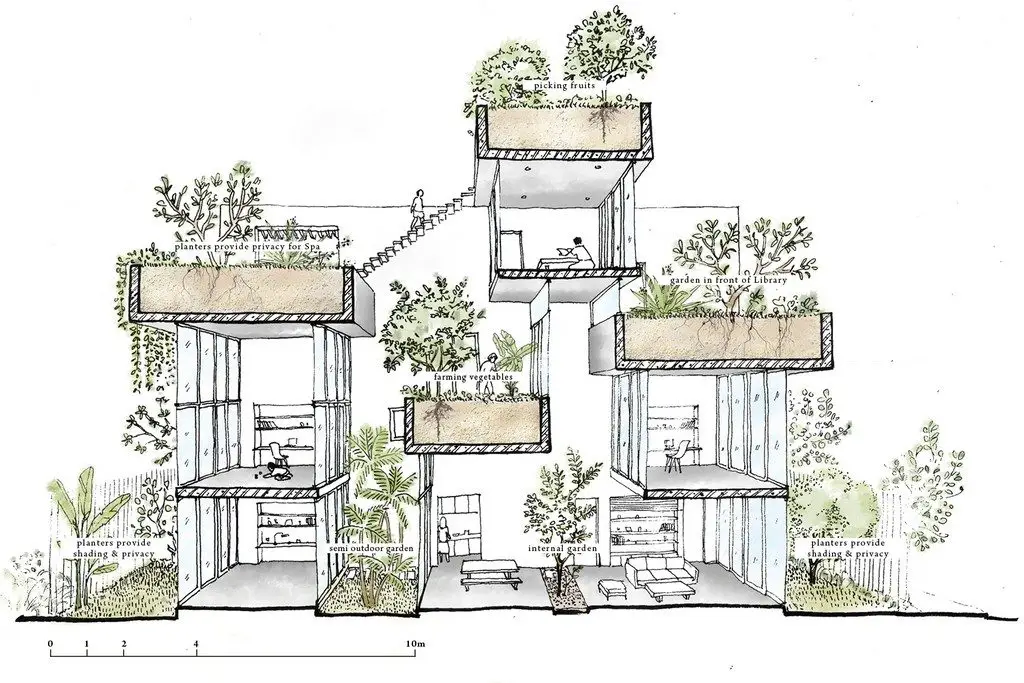


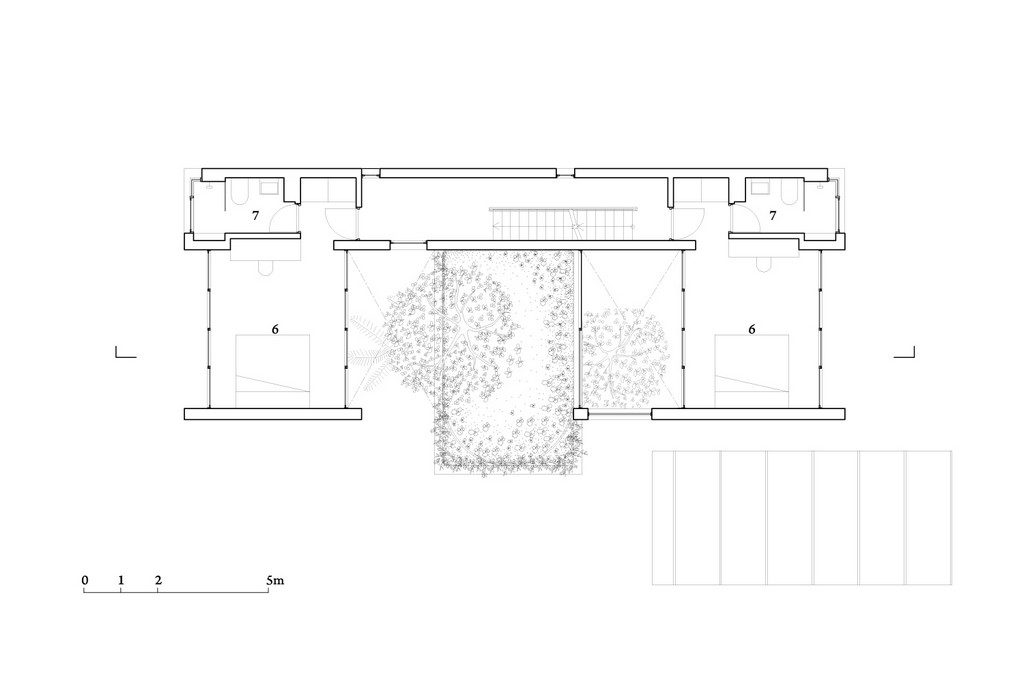

The Vietnamese are big on incorporating greenery into architecture. Here’s another project, this time a Vegetable Trellis in a park!

